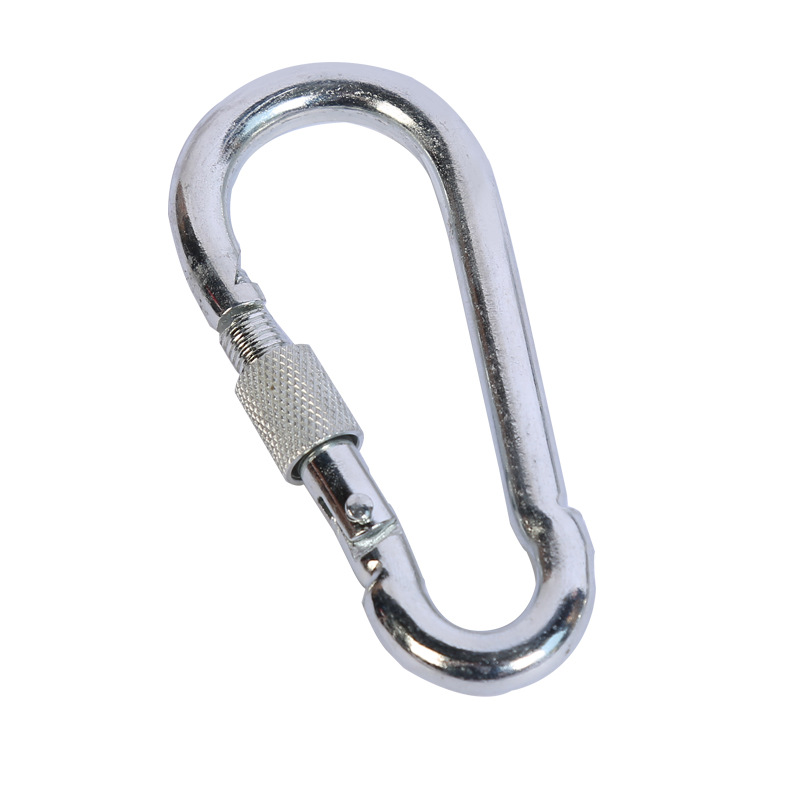News
ಡಿಸೆ . 04, 2024 05:40 Back to list
Innovative Tow Shackles for Enhanced Towing Safety and Performance
Understanding Tow Shackles Essential Tools for Recovery and Towing
In the world of towing and recovery, safety and reliability are paramount. Whether you’re an off-road enthusiast, a commercial towing service, or simply someone who needs to get their vehicle unstuck, a tow shackle is an indispensable piece of equipment. Understanding what tow shackles are, their types, and how to use them properly can enhance safety and efficiency during recovery operations.
What is a Tow Shackle?
A tow shackle, commonly referred to as a recovery shackle or D-shackle, is a metal connector designed to link two components together. It typically consists of a U-shaped body with a threaded pin that screws into one end, creating a secure loop to attach to various towing or recovery gear. Tow shackles are usually constructed from high-strength steel, which provides the durability needed to withstand the forces exerted during recovery operations.
Types of Tow Shackles
1. Standard D-Shackles These are the most common type of tow shackles, designed for general use. They usually feature a screw pin for secure attachment and are available in various sizes and load ratings.
2. Bow Shackles Bow shackles are wider and have a larger loading capacity compared to standard D-shackles. They are typically used in situations where multiple lines need to be connected.
3. Safety Shackles These shackles come equipped with locking mechanisms to prevent accidental release. They are ideal for high-stakes recovery scenarios where safety is a major concern.
4. Synthetic Shackles Made from high-strength synthetic materials, these shackles are lighter and more flexible than traditional steel options. They are less likely to damage vehicle finishes and can be safer in some recovery situations due to their reduced risk of recoil.
Choosing the Right Tow Shackle
When selecting a tow shackle, there are several factors to consider
- Load Capacity Always ensure that the shackle’s working load limit (WLL) exceeds the weight of the vehicle or object you plan to recover. A good rule of thumb is to choose a shackle with a WLL that is at least twice the weight of the load.
tow shackles products

- Material While steel shackles are incredibly strong, consider the environment where the shackle will be used. In marine or corrosive environments, galvanized or stainless steel shackles provide enhanced resistance to rust and corrosion.
- Size Size matters when it comes to compatibility with other recovery gear, such as tow straps or recovery chains. Choose a shackle that fits securely with your existing equipment.
How to Use Tow Shackles Safely
Using tow shackles requires caution and knowledge to ensure safe operation. Here are some key steps
1. Inspect Before Use Always inspect your shackles for any signs of wear, rust, or deformation before use. A compromised shackle can fail under load, resulting in dangerous situations.
2. Secure Connection When attaching a shackle, ensure that it is fully threaded and locked in place. A loose shackle can disengage during recovery, leading to accidents.
3. Choose the Right Attachment Point Use designated recovery points on the vehicle when attaching your shackle. Avoid connecting to bumpers or other non-structural components, as these can fail under strain.
4. Keep a Safe Distance When recovering a vehicle, maintain a safe distance once the recovery begins. Shackles and other recovery equipment can snap under stress, posing a risk to anyone nearby.
5. Use Additional Safety Gear Consider using a recovery blanket or strap during the recovery process. This can help minimize the risk of injury in case the shackle or strap breaks.
Conclusion
Tow shackles are essential tools in the towing and recovery industry, providing a reliable means to connect various components during recovery operations. By understanding the different types of shackles, making informed choices when selecting one, and following safety protocols during use, you can enhance both the safety and effectiveness of your towing and recovery efforts. Always prioritize quality and safety when investing in recovery equipment to ensure a successful operation, no matter the challenge you face.
